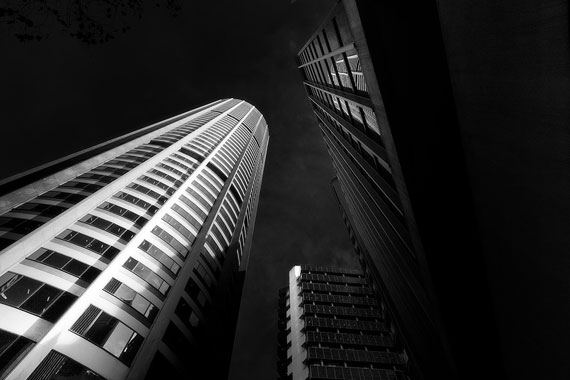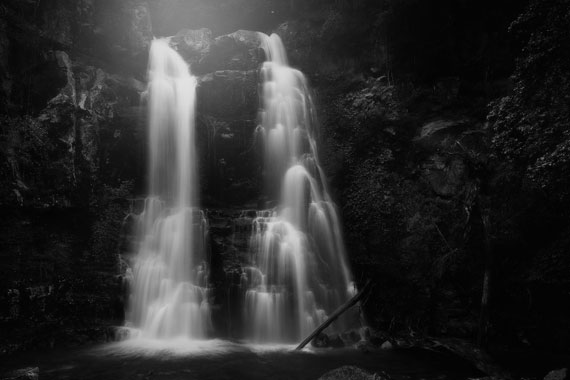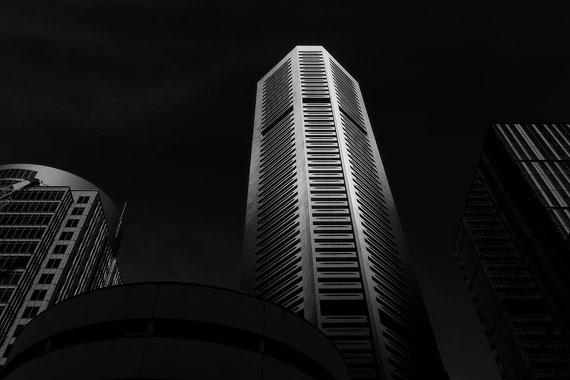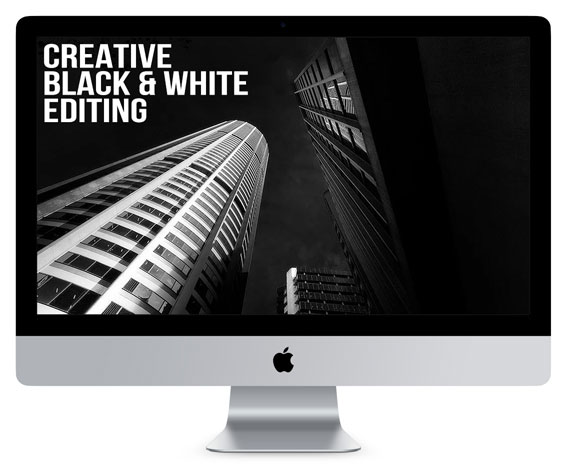As someone who shoots and edits mostly in color, you may have dabbled in black and white but not gone much further to explore this creative medium.

However, by understanding and mastering the key differences between the two, you can add a new dimension to your photography skills to create stunning monochromatic images, whilst improving your color photography at the same time.
Emphasis
One of the main differences between color and black and white photography is the way you approach the scene. In color photography, you consider the colors and how they interact with each other. Color is one way to create emphasis and draw the viewer’s eye to specific areas of the image.
In contrast, in black and white photography, you must rely on contrast, texture, and tonal values to create visual interest. The monochromatic palette can create a timeless, classic feel to the image, but you must be more intentional in the way they use the elements of light and shadow to create contrast and depth.
Contrast & tonality
Another key difference is the attention to contrast and tonality.
Black and white requires more attention to contrast and tonality. The absence of color means that you must pay extra attention to the brightness levels in the image.
In color photography, you can rely on the colors to create contrast and depth. (Pro-tip, did you know that colors tend to be more saturated in objects closer to the camera than in the distance?)
In black and white, you must use the brightness levels to create contrast and depth in the image.

Also, high contrast images can be very striking in black and white, but they can also be more difficult to balance.
As a color photographer, experimenting with different contrast and tonality in black and white can help you to improve your skills in controlling the brightness levels in your color images as well.
Composition
Color is often used to create emphasis and draw the viewer’s eye to specific areas of the image.
In black and white photography, again, you have one less element to work with and you must rely on composition, contrast, and texture to create emphasis.
This means that you must be more intentional in the way you frame the image and use the elements within it to create visual interest.
By experimenting with different composition techniques in black and white, again, you can improve your skills in creating emphasis and leading lines in your color images too.
Mood & atmosphere
Color can play a big role in setting the mood and atmosphere of an image.
In black and white, you have one less option to work with making it a bit more challenging, as you cannot rely on color to convey a specific emotion or feeling.

However, black and white photography can also be very evocative and can create a sense of nostalgia or timelessness. By experimenting with different mood and atmosphere in black and white, you can improve your skills in creating different emotions and feelings in your color images.
Experiment and have fun!
By understanding and mastering the key differences between color and black and white, you can add a new dimension to your photography and create images with a timeless and classic feel.
You will learn to see the world in a different way, pay more attention to contrast and tonality, composition, lighting and atmosphere.
Don’t be afraid to experiment, push your limits and explore the world in black and white. You’ll be surprised how much you can learn and how it can enhance your color photography too.
It’s a great way to challenge yourself as a photographer and to expand your creative horizons.
If you would like to learn more about the specific editing techniques you can use to produce stunning and creative black and white images in Photoshop, you may want to try Steve’s Creative Black & White Editing Course while it is 40% off:
Creating great-looking B&W images is about more than just removing color via “desaturate”, or moving a few sliders up and down with a black and white adjustment layer. Landscape photographer Steve Arnold created this course to help photographers master the critical concepts. We were able to arrange a 40% discount for PictureCorrect readers for a limited time if you want to check it out.
Deal ending soon: The Creative Black & White Editing Course at 40% Off
- - - - - - - - - - - - - - - - - - - - - - - - - - - - - - - - - - - - - - - - - - - - - - - - - - - - - - - - - - - - - - - - - - - - - - - - - -
Did you appreciate this newsletter? Please help us keep it going by Joining Our Patreon Supporters
What are your thoughts on this article? Join the discussion on our Facebook Page
PictureCorrect subscribers can also learn more today with our #1 bestseller: The Photography Tutorial eBook
- - - - - - - - - - - - - - - - - - - - - - - - - - - - - - - - - - - - - - - - - - - - - - - - - - - - - - - - - - - - - - - - - - - - - - - - - -
The post Contrast and Tonality in Black and White Photography appeared first on PictureCorrect.
from PictureCorrect https://ift.tt/NELH3ah
via IFTTT







0 kommenttia:
Lähetä kommentti